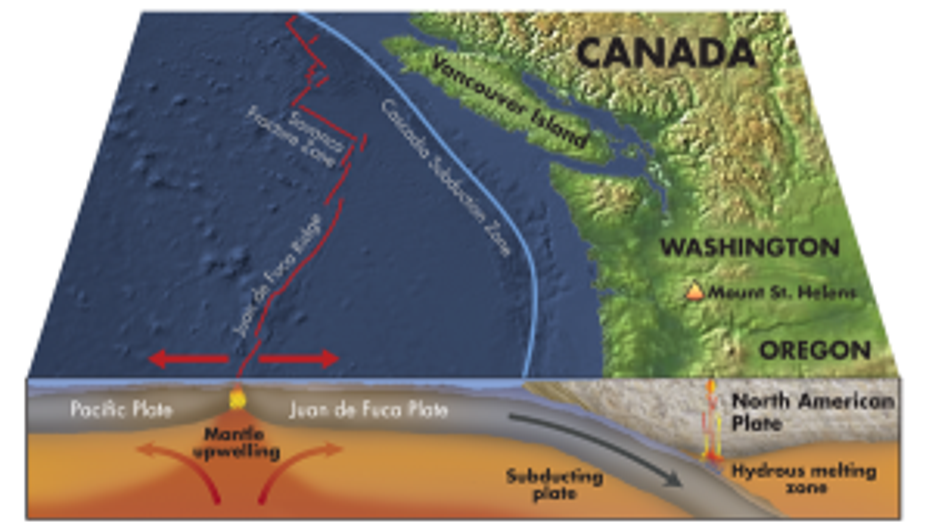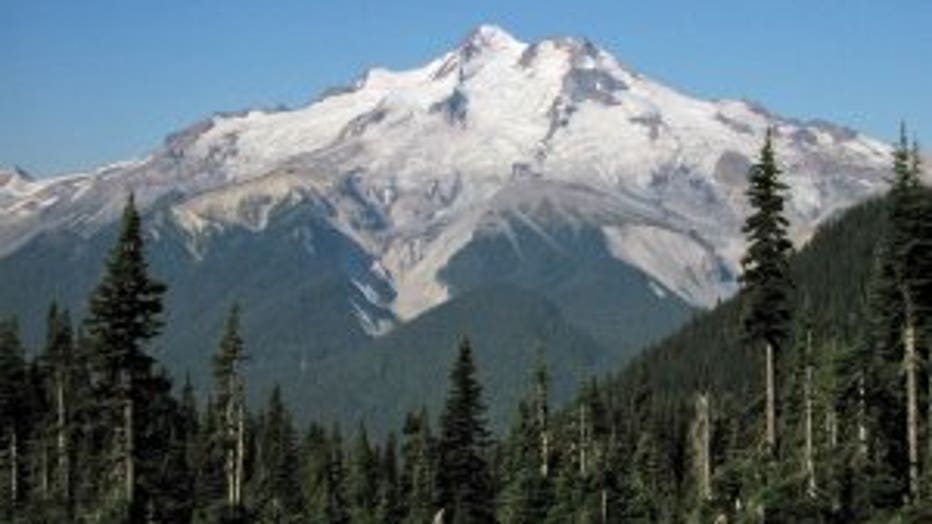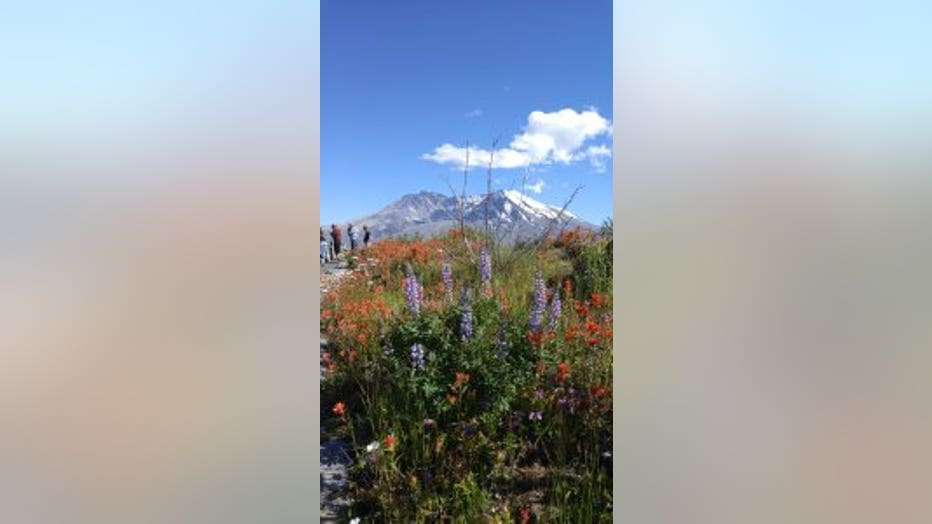NW scientists say our volcanoes just like ones in Guatemala; upgraded monitoring systems needed
SEATTLE -- While the world is watching lava and ash clouds from separate volcano eruptions in Hawaii and Guatemala, scientists here say our monitoring system needs a big upgrade.
The volcanoes here in the Pacific Northwest are just like the ones in Guatemala -- they're prone to be sudden and explosive eruptions. As of Wednesday night, there were 99 confirmed dead and 200 people missing in the eruption of Volcano Fuego in Guatemala.
Activity in one part of the "ring of fire" around the Pacific Ocean doesn't mean our region will become more active anytime soon.
However, when it comes to some our most impressive peaks, scientists say they're flying blind in many ways as to what's going on underneath those snow-capped mountains.
"Living in volcano country requires everyone be aware of the potential hazards," professor George Bergantz said in his lab in the University of Washington's Earth & Space Sciences Department. He says our sleeping giants here in the Pacific Northwest have cousins in Central and South America made the same way.
"Well, Volcano Fuego in Guatemala is very much like our Cascade Volcanoes in that it rises

from a process called subduction."
Subduction is the process when a tectonic plate dives underneath another. When the crust reaches hot enough temperatures in the mantle, the plate melts and some of that bubbles up back into the landscape in the form of volcanoes.
For our region, it's the Juan de Fuca plate diving under the North American plate. In South America, it's the Nazca plate diving under the South American plate but the underlying geology is the same. The Cocos plate going under Central America is the trigger for Volcano Fuego in Guatemala.
Bergantz has been studying the inner plumbing of volcanoes for three decades. Hawaii volcanoes come from ocean crust called basalt.
"Basalt is very runny and gasses can escape," says Bergantz, "so they never build up and don't have that explosive potential."
But our volcanoes have silica, which makes the lava stickier and holds gasses in.
"The volcanoes like Glacier , Mount St. Helens, and Rainier have more, much more silica, more viscous the gasses they accumulate to a threshold where they explode. This is what makes them so dangerous, it's hard to predict when that threshold will be reached."

Glacier Peak. From Wikimedia.
There are three things scientists look for to see if a volcano is going to explode. Swarms of earthquakes, a rising of the ground around the volcano, and invisible gasses the volcano is emitting in a process called "out-gassing".
It's three things they watch for at the Cascades Volcano Observatory in far Southwest Washington in Vancouver.
"That's why we're not on St. Helens, that's why we're not in Seattle," says Scientist-In-Chief Seth Moran in a video for the CVO.
The Cascades Volcano Observatory, with about 65 employees, keeps track of potentially active volcanoes in Washington, Oregon and Idaho. There's 10 on their list right now.
"We're here where everything got started back in 1980," says Moran.

Mt. St. Helens in summer.
And while our most monitored volcano that blew its top back in May 1980 has all three types of sensors to catch any changes -- not all potentially explosive mountains, like Glacier Peak, get that kind of attention.
"In Guatemala, the hazard agency only has one seismometer on Volcano Fuego," says Bergantz, "And with only one, it's hard to say when and where in the plumbing system it's moving at any given time. So we're in much better shape, but we should keep in mind that Glacier Peak also only has one seismometer."
Because we live in volcano country, Sen. Maria Cantwell, D-Wash., is pushing a bill through Congress that would modernize the kind of equipment we have to keep track of U.S. volcanoes. It would also combine three volcano observatories in Alaska, Hawaii and the Cascades into one U.S. Volcano Watch Center that would operate 24/7. That bill has passed the Senate and still needs to pass the House and be signed by the president.

